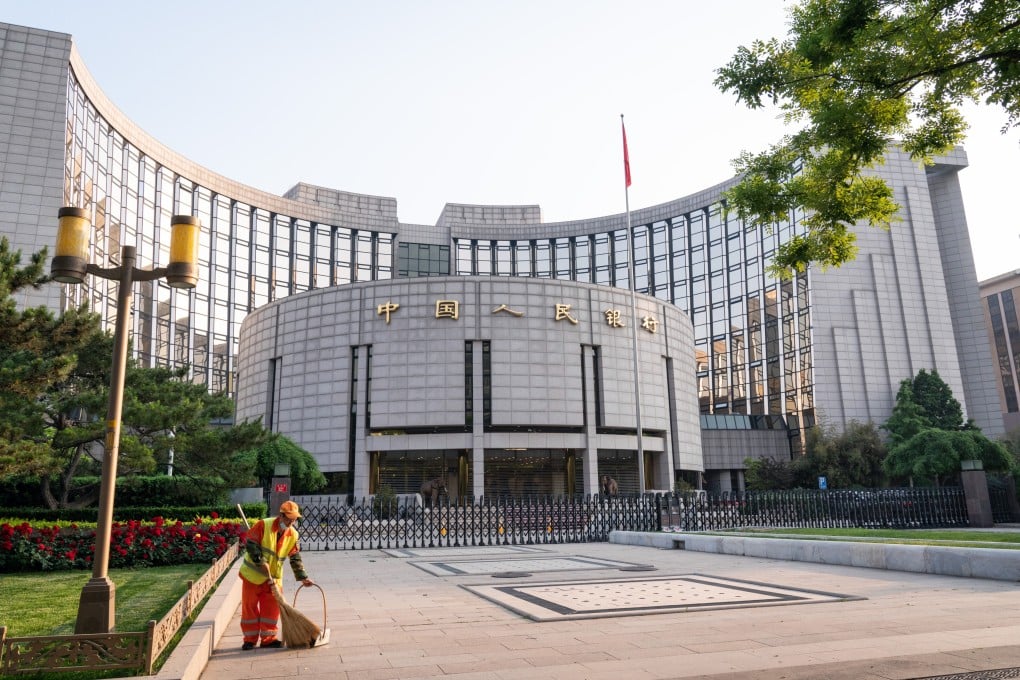Advertisement
Macroscope | Why Asian central banks aren’t likely to turn as hawkish as the Fed
- While inflation is running at multi-decade highs in the US, the UK and the euro area, it is posing less of a challenge in Asia
- The PBOC and the BOJ, in particular, are expected to buck the hawkish trend, while gradual policy tightening is likely in India, Taiwan and some Asean economies
Reading Time:3 minutes
Why you can trust SCMP

Monetary policy normalisation has been gaining traction since the start of 2022, mainly led by central banks in developed markets.
It started with a hawkish pivot by the Federal Reserve. Jerome Powell, chair of the American central bank, delivered a hawkish message at the press conference following the Fed’s January meeting, which was consistent with the hawkish tone of the minutes from the December meeting that were released in January. As a result, the market is currently expecting the Fed to deliver six rate hikes this year, compared to only three rate hikes expected as recently as December.
The European Central Bank followed suit in February. While it did not take any immediate policy action at its February meeting, ECB president Christine Lagarde no longer referred to a rate hike this year as “highly unlikely” and various ECB officials suggested that one or more hikes later this year are possible.
Advertisement
In contrast, most central banks in Asia have not joined the hawkish shift. Only two major central banks in the region, the Bank of Korea and the Monetary Authority of Singapore, have embarked on monetary policy normalisation so far.
Meanwhile, the People’s Bank of China has cut its policy rate recently, while the Bank of Japan is keeping its ultra-easy monetary policy unchanged.
Advertisement
The divergent policy cycles are mainly due to the very different inflation outcomes in Asia compared to the rest of the world. Inflation in the United States, the United Kingdom and the euro area is running at multi-decade highs and currently above central banks’ inflation targets.
Advertisement
Select Voice
Choose your listening speed
Get through articles 2x faster
1.25x
250 WPM
Slow
Average
Fast
1.25x
